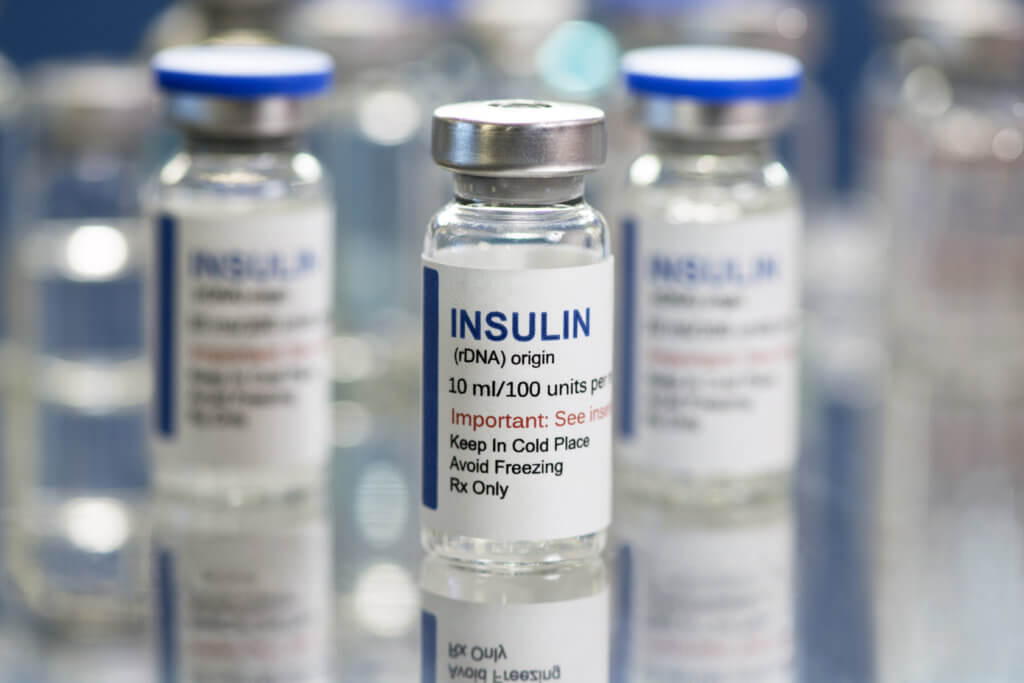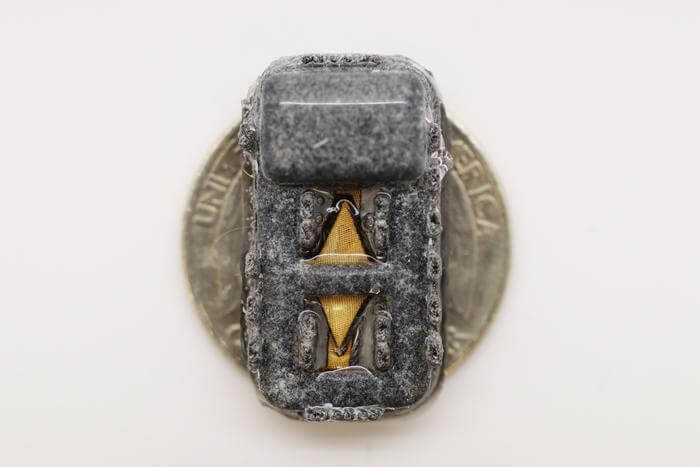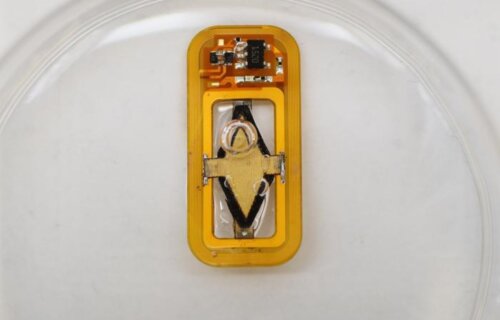CAMBRIDGE, Mass. — A new implantable device, equipped with an integrated “oxygen factory,” could soon offer an alternative to daily insulin injections for individuals with diabetes, according to researchers.
Scientists at the Massachusetts Institute of Technology (MIT) have crafted a device about the size of a stick of chewing gum that, once implanted, could regulate blood sugar levels in diabetic patients. This device, which has undergone testing in mice, has the potential to eliminate the continuous need for monitoring blood sugar levels and self-administering insulin injections.
The researchers behind this advancement are gearing up to test its efficacy in human patients. Additionally, they believe that the device could be modified to address other diseases that necessitate frequent protein deliveries.
The study, which appears in the journal Proceedings of the National Academy of Sciences, aimed at designing a long-lasting implantable mechanism to serve as an alternative to needing insulin. The majority of individuals with Type 1 diabetes must meticulously track their blood sugar levels and administer insulin injections daily. However, this regimen doesn’t emulate the body’s innate capacity to regulate blood sugar.

A more viable approach would be to transplant cells capable of producing insulin upon detecting elevated blood sugar levels. A number of diabetic patients have been given cell transplants from deceased donors to manage their condition. For these transplants to be effective, however, patients need concurrent administration of immunosuppressive drugs to prevent rejection.
Another approach to circumvent the necessity for immunosuppressive medication involves encasing the transplanted cells in a protective device that shields them from the immune system. A challenge with this strategy is ensuring a consistent oxygen supply for these safeguarded cells. Some existing mechanisms come equipped with an oxygen chamber, but it demands regular refills.
In light of this, the team from MIT endeavored to devise a device capable of producing an endless oxygen supply. They incorporated a proton-exchange membrane, a technology initially used for hydrogen production in fuel cells, within the device to separate water molecules.
This membrane divides water vapor into hydrogen, which dissipates without causing harm, and oxygen, which is stored in a chamber. This chamber then supplies the islet cells via a thin, oxygen-permeable membrane. Remarkably, this process necessitates neither wires nor batteries, relying solely on a minimal voltage of about two volts produced through “resonant inductive coupling.”
Externally, a magnetic coil, which could be worn like a skin patch, wirelessly powers an internal, flexible antenna within the device.
The resultant device, comparable in size to a quarter coin, underwent testing in diabetic mice. One group was implanted with the device integrated with the oxygen-producing membrane, while another received a device with islet cells but lacked the oxygen-generation feature.

After implanting the devices just beneath the mice’s skin — each possessing a fully operational immune system — it was observed that mice with the oxygen-producing mechanism maintained blood sugar levels akin to those of healthy counterparts. Conversely, the mice with the non-oxygenated device exhibited elevated blood sugar levels, becoming hyperglycemic within roughly two weeks.
“You can think of this as a living medical device that is made from human cells that secrete insulin, along with an electronic life support-system. We’re excited by the progress so far, and we really are optimistic that this technology could end up helping patients,” says study senior author Daniel Anderson, a professor in MIT’s Department of Chemical Engineering, a member of MIT’s Koch Institute for Integrative Cancer Research and Institute for Medical Engineering and Science (IMES), in a media release.
“The vast majority of diabetics that are insulin-dependent are injecting themselves with insulin, and doing their very best, but they do not have healthy blood sugar levels,” Anderson adds. “If you look at their blood sugar levels, even for people that are very dedicated to being careful, they just can’t match what a living pancreas can do.”
Typically, when a medical device is implanted in the body, attacks by the immune system lead to a buildup of scar tissue called fibrosis, which can reduce a devices’ effectiveness.
This scar tissue did form around the implants used in the study, but the device’s success in controlling blood glucose levels suggests that insulin was still able to diffuse out of the device, and glucose into it.
This newly developed approach could also be used to deliver cells that produce other types of proteins necessary over long periods of time and the MIT researchers showed that their device could also keep alive cells that produce erythropoietin – a protein that stimulates red blood cell production.
“We’re optimistic that it will be possible to make living medical devices that can reside in the body and produce drugs as needed,” Anderson continues. “There are a variety of diseases where patients need to take proteins exogenously, sometimes very frequently. If we can replace the need for infusions every other week with a single implant that can act for a long time, I think that could really help a lot of patients.”
The researchers now plan to test the device on larger animals and, eventually, on humans.
“The materials we’ve used are inherently stable and long-lived, so I think that kind of long-term operation is within the realm of possibility, and that’s what we’re working on,” says lead author and MIT Research Scientist Siddharth Krishnan.
“We are very excited about these findings, which we believe could provide a whole new way of someday treating diabetes and possibly other diseases,” concludes Robert Langer, the David H. Koch Institute Professor at MIT and a member of the Koch Institute.
You might also be interested in:
- Ozempic for Type 1 diabetes? Popular drug could eliminate need for insulin injections
- Diabetes stunner: Scientists say everything we know about insulin doses is wrong!
- Scientists create implant which successfully makes insulin for diabetes patients
South West News Service writer James Gamble contributed to this report.


If this really works, I hope the drug companies don’t kill it. We need something like this.